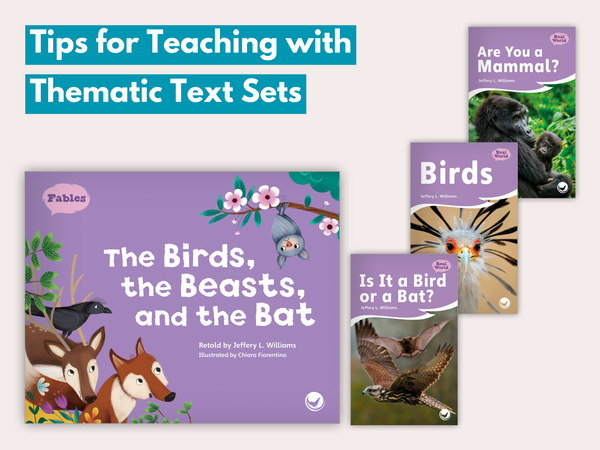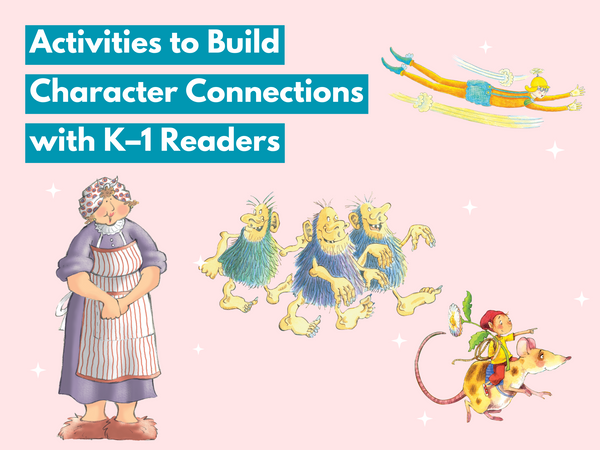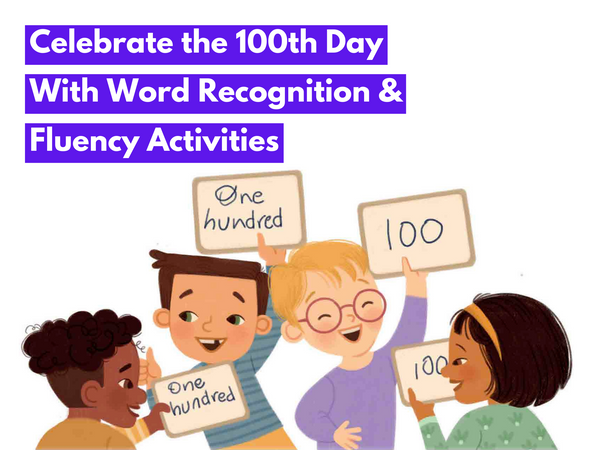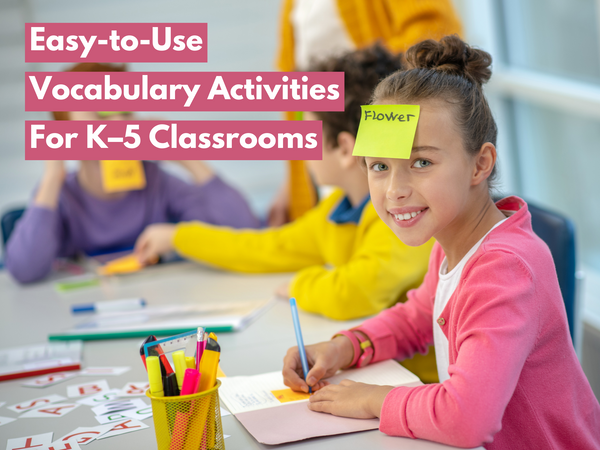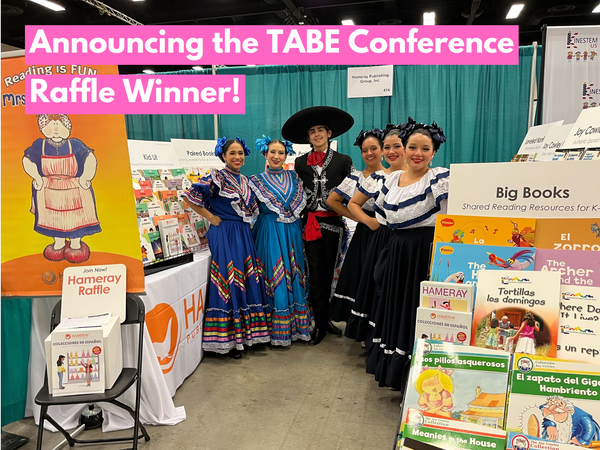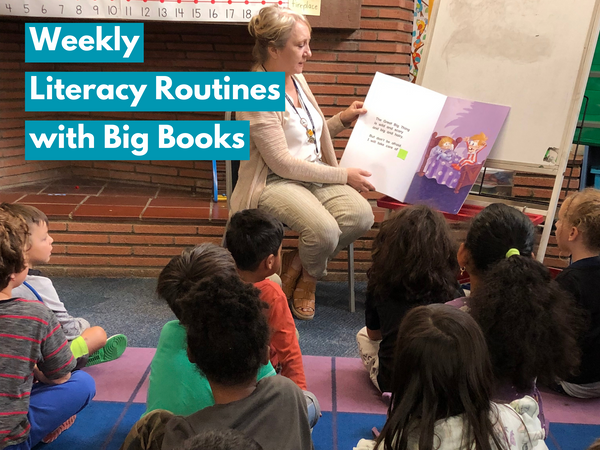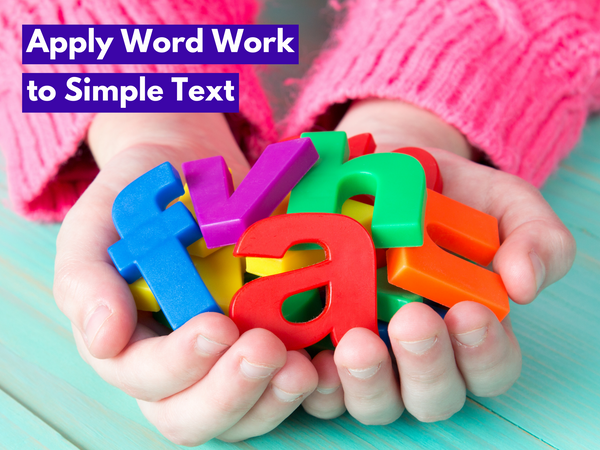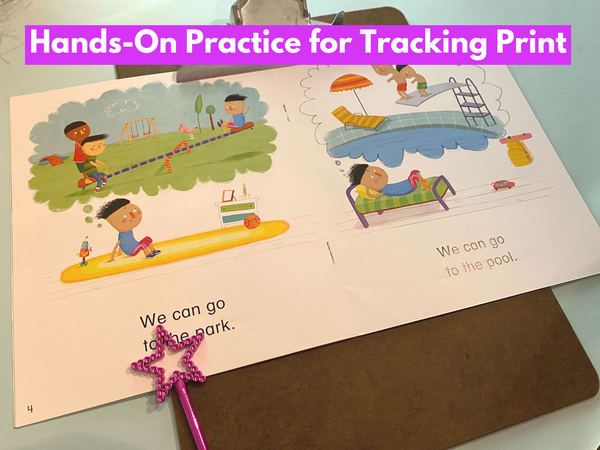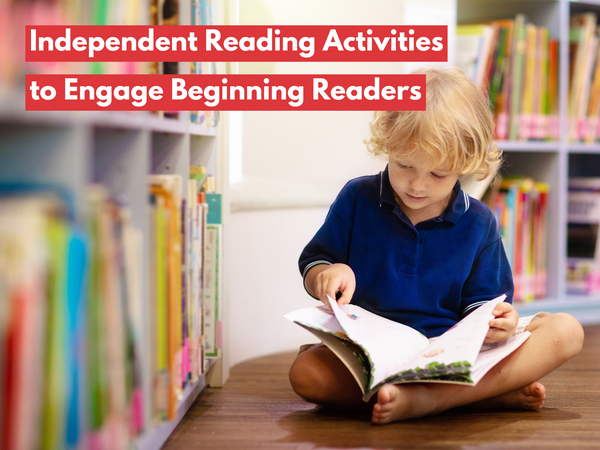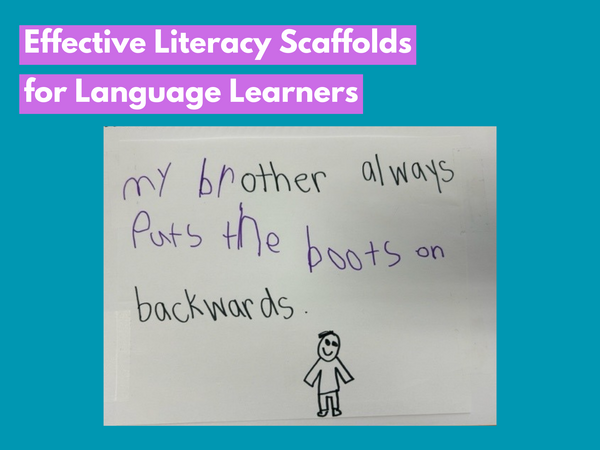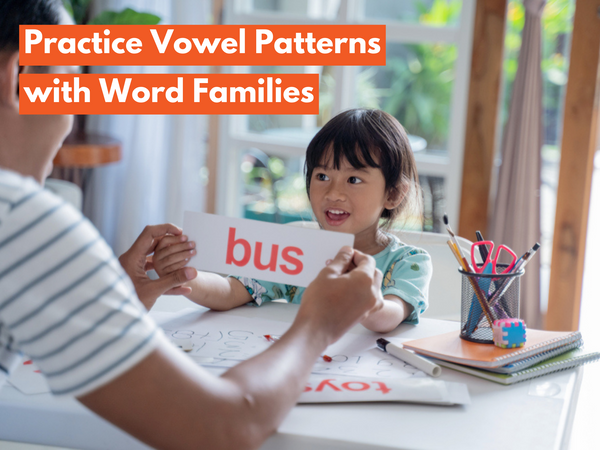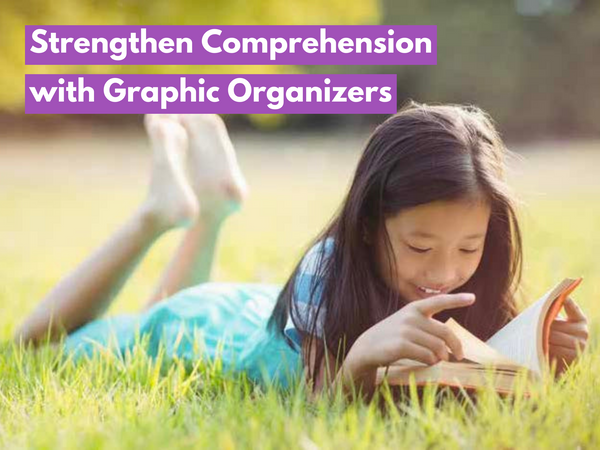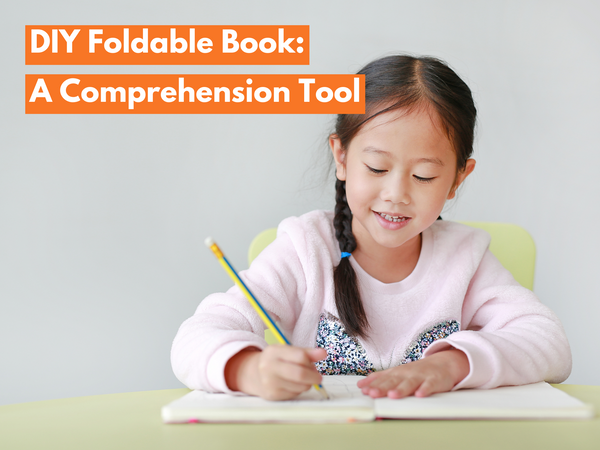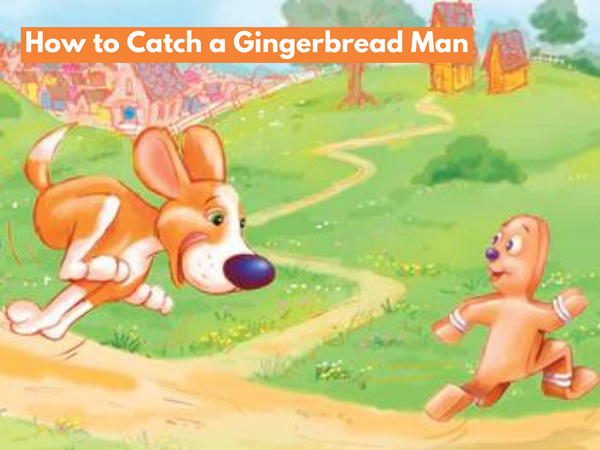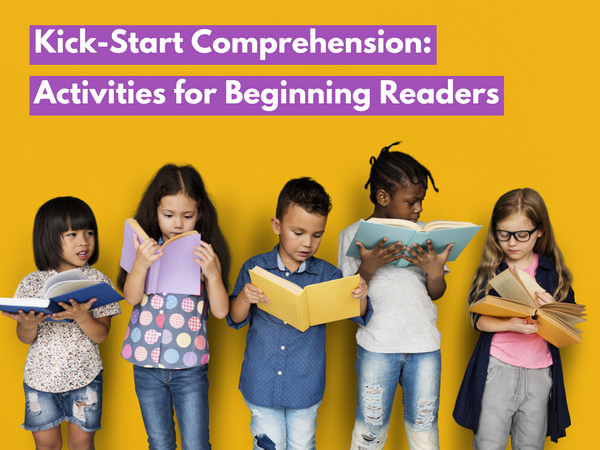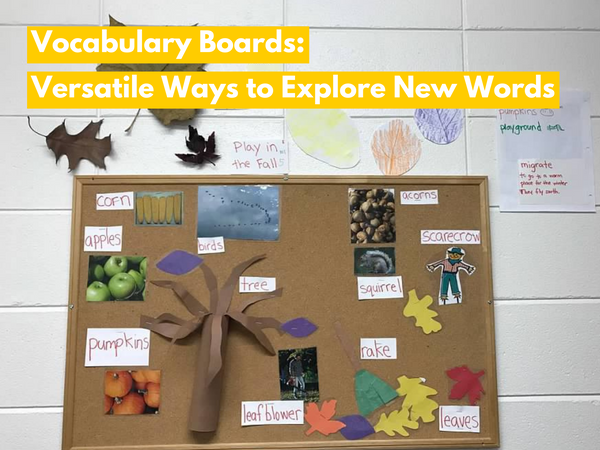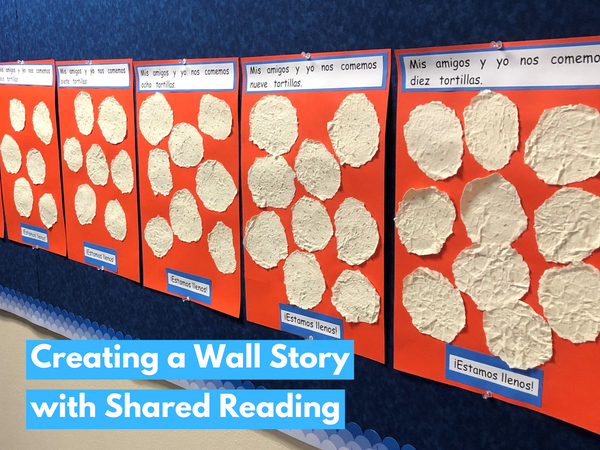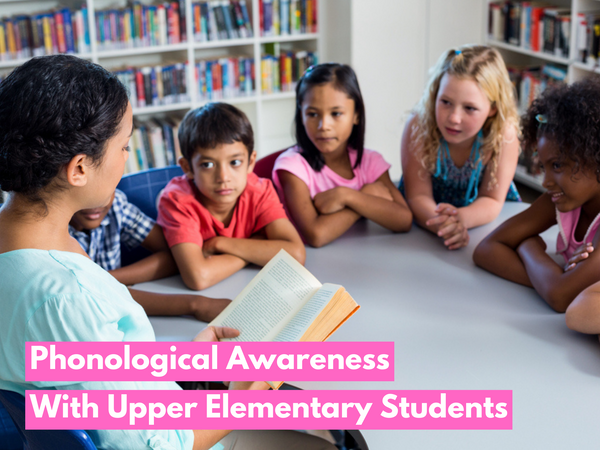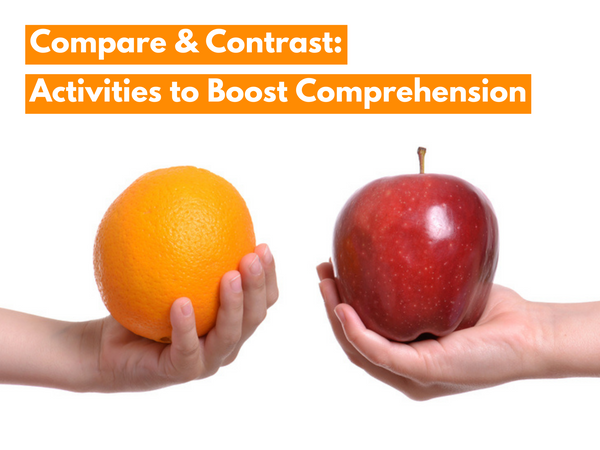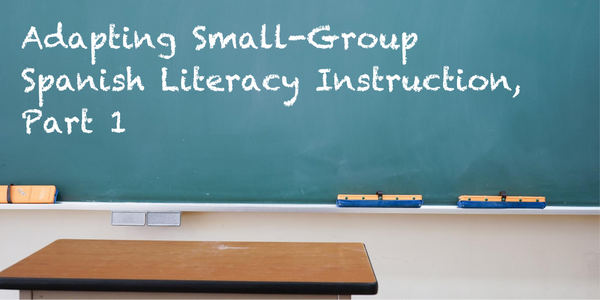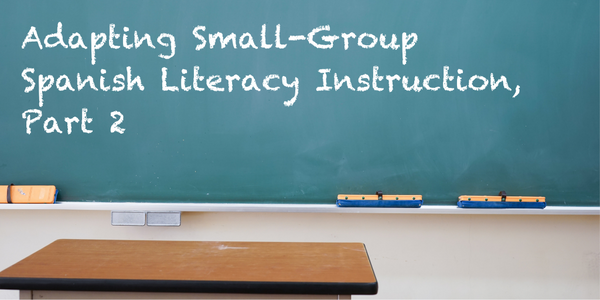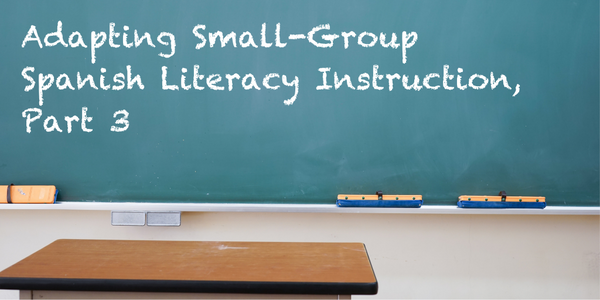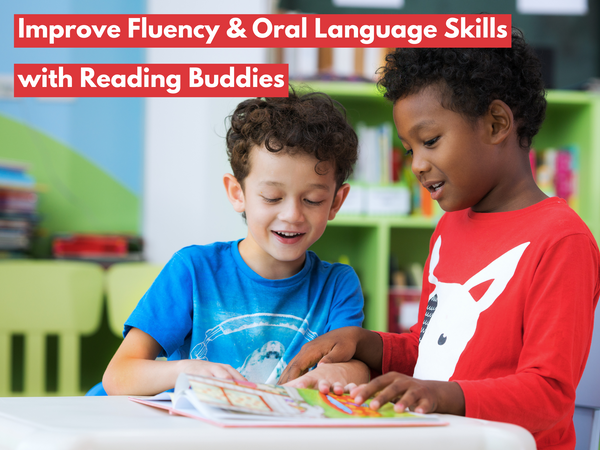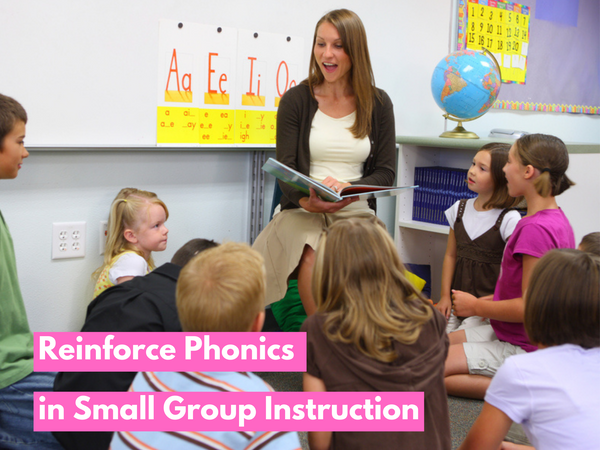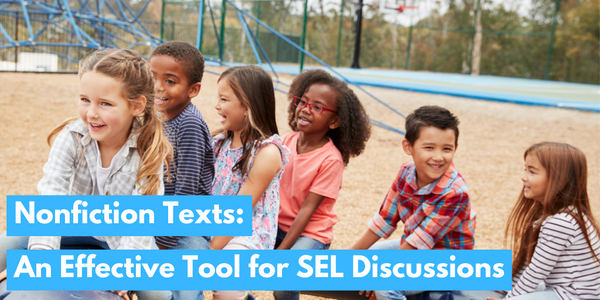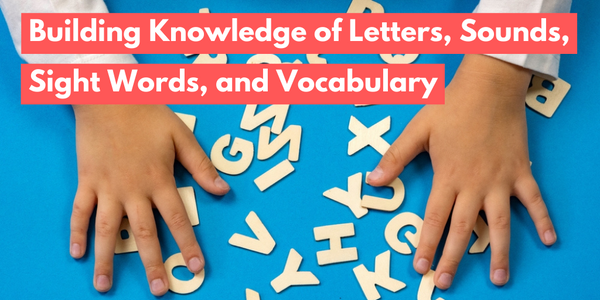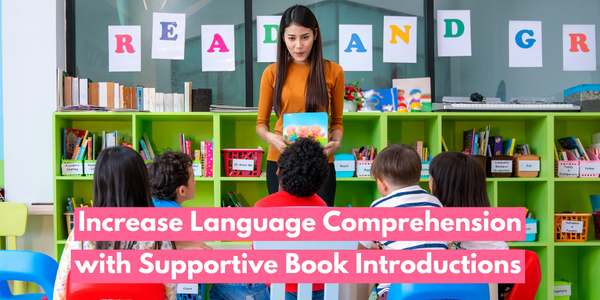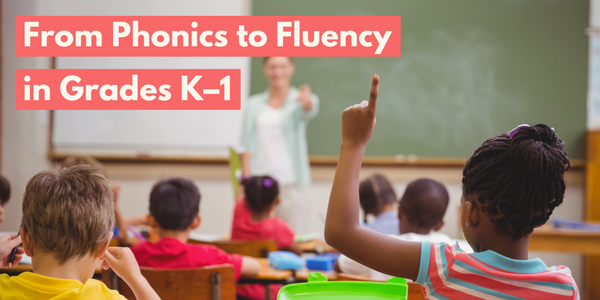by Susan Bennett-Armistead
A few posts ago I talked a bit about the value of using wordless picture books in our early classrooms. Part of the value of that type of book is how wonderful it is at encouraging children to write their own text to accompany the pictures or illustrations. Wordless books are just one of many ways to encourage children’s writing. Here I offer eight suggestions for building a writing climate in your classroom focused on producing informational text.
1. Expose children to the genre you want them to write. If you expect children to write informational text, you have to share with them what informational text is. This seems like a no-brainer, but very few classrooms use informational texts for read aloud. Studying the genre and features of that type of text is necessary for children to be able to create their own. Soak them in a room rich in informational text: use it throughout your day for read aloud, reference, and pleasure reading.
2. Build their knowledge base before asking them to write about something. The time to encourage children’s writing is not at the beginning of a unit of study but at the end—after they know stuff to write about. Using strategies like a KWL chart to help children think about what they know about a topic, what they want to learn about the topic, and then summarizing what they have learned can assist them in pulling their ideas together before the writing begins. By adding an “R,” for “resources,” you can invite children to think about where they’ll find the answers to their “what they want to learn” questions on the KWL chart. Building children’s world knowledge through read aloud and exploration is critical to their success as writers of information.
3. Give them time to write. Young children need time to think before they start writing. Staring off into space is seldom encouraged in classrooms but it may be just the place to find inspiration. If you have children who are a bit unfocused on what they’d like to write about, consider offering the chance to do a Drawing Draft before the writing starts. By inviting children to draw about what they want to talk about in their writing, you’re giving them the head space needed to think about what they want to say. Follow that up with a Talking Draft and you can see how children can move from an organized collection of facts to a linear progression of information to share with someone else.
4. Help them recognize that they are experts on a topic. When studying a topic, start to refer to children as experts on the topic. For example, if you are studying insects, refer to your children as entomologists. Periodically ask them to dazzle you with something they know about insects (waiting in line is a good time for this). When you invite them to write, talk about their expertise and how they can share that with others through their writing.
5. Support their growing organization skills by using graphic organizers . One problem many of us face when writing is too much information and no sense of organization to help sort it out. Using graphic organizers like a Venn diagram, a semantic feature analysis chart, or a flow chart can help children figure out which ideas go together and how to write them down.
6. Assist them in using scientific vocabulary by using it yourself. Sometimes the vocabulary of a topic can be a barrier for people to write about it. By using language in the classroom ourselves, we can help children make the language their own. Also consider using a language experience chart, such as in this chart on precipitation, to assist children in making important connections to a concept.

7. Assist their critical thinking by modeling critical inquiry. One of the hallmarks of informational text is accuracy. Encourage children to tell you (and each other) where they learned what they know about a topic. Showing the cover of a book in class can work.
8. Praise the effort and publish the work. Writing is hard work. It takes a long time to produce a quality piece of writing. Celebrate children’s accomplishments by hosting an authors’ tea, and invite parents to come hear the texts as the authors read them. Alternatively, try partnering with a local bookstore to have an authors’ night there. In my own community, the bookstore displayed the children’s books in the shop window for a week after the event. The children were very proud of their work and the parents loved showing their friends their children’s books. (The bookstore loved it because sales were up that week, too!)
However you decide to encourage children’s writing, know that the connection to children’s comprehension of text and their ability to write about its content is powerfully linked. You’ll be supporting more than just children’s writing skills by encouraging writing!
~~~
 Susan Bennett-Armistead, PhD, is an associate professor of literacy education, the Correll Professor of Early Literacy, and the coordinator of literacy doctoral study at the University of Maine. Prior to doctoral study, Dr. Bennett-Armistead was a preschool teacher and administrator for 14 years in a variety of settings, including a brief but delightful stint in the Alaskan bush.
Susan Bennett-Armistead, PhD, is an associate professor of literacy education, the Correll Professor of Early Literacy, and the coordinator of literacy doctoral study at the University of Maine. Prior to doctoral study, Dr. Bennett-Armistead was a preschool teacher and administrator for 14 years in a variety of settings, including a brief but delightful stint in the Alaskan bush.
~~~















